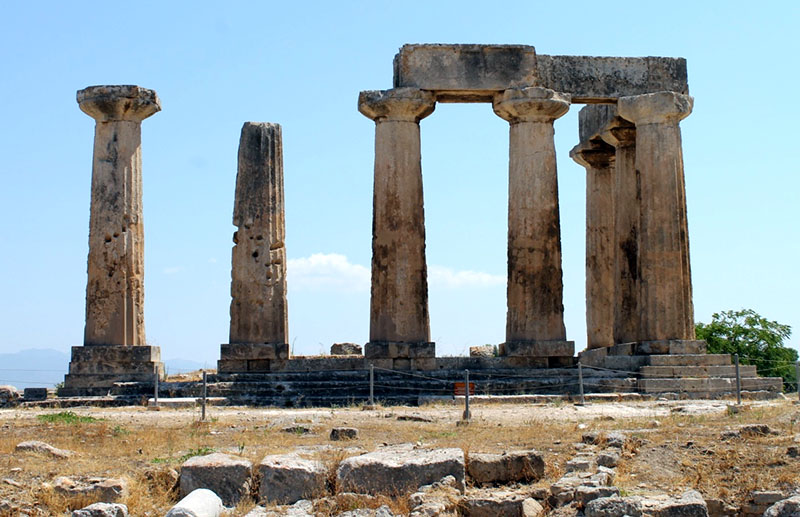October 2015 (119.4)
Article
Memory, Tradition, and Christianization of the Peloponnese
This work examines the use of memory and tradition in the Christianization of the Peloponnese based on the evidence of the location and topography of churches. The different processes of conversion in the area have already been discussed, and the focus of this work is to show the extent of continuation of religious practice from the Roman to Late Antique periods. A diachronic analysis of the evidence for towns and sanctuaries from the fourth to seventh centuries is presented. It is argued that throughout the different Christianization processes memory and tradition were managed by the church in terms of its location, architecture, and rituals. It is likely that the church consciously maintained certain traditions of place, imagery, and action in order to retain and use memory traces from the established religious structures, which helped situate the Christian church as a central element of community life and identity. Therefore, it is contended that an essential element of the Christianization process was to maintain earlier memories and traditions not only to enable an efficiently unobtrusive conversion for its long-term success but also to ensure the maintenance of existing social structures, which in turn sustained the church.
More articles like this:
Settlement Patterns • Architecture • Topography • Material Culture • Greece > Peloponnese